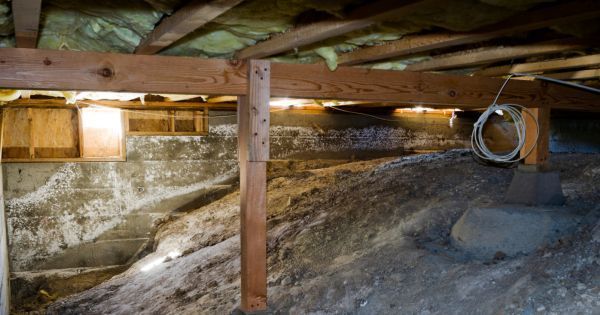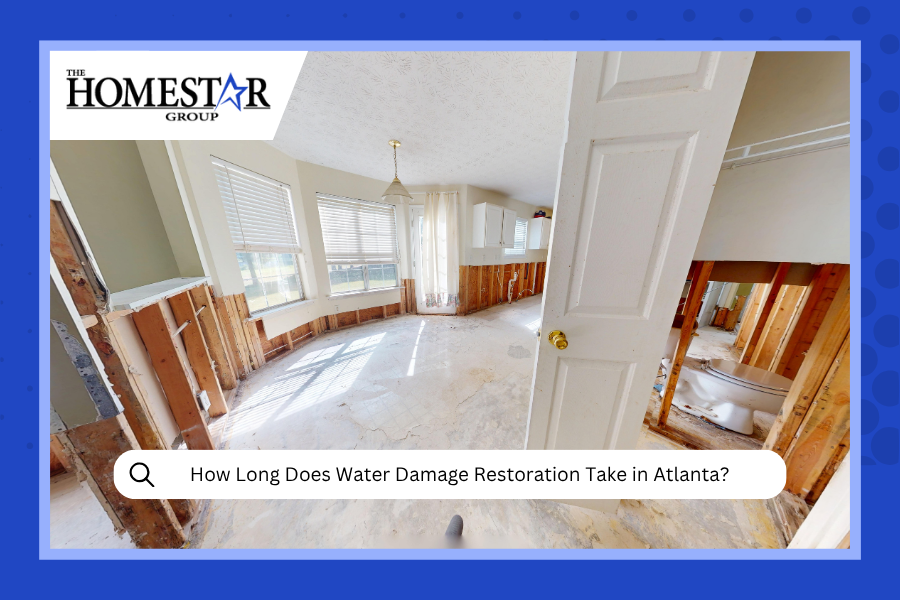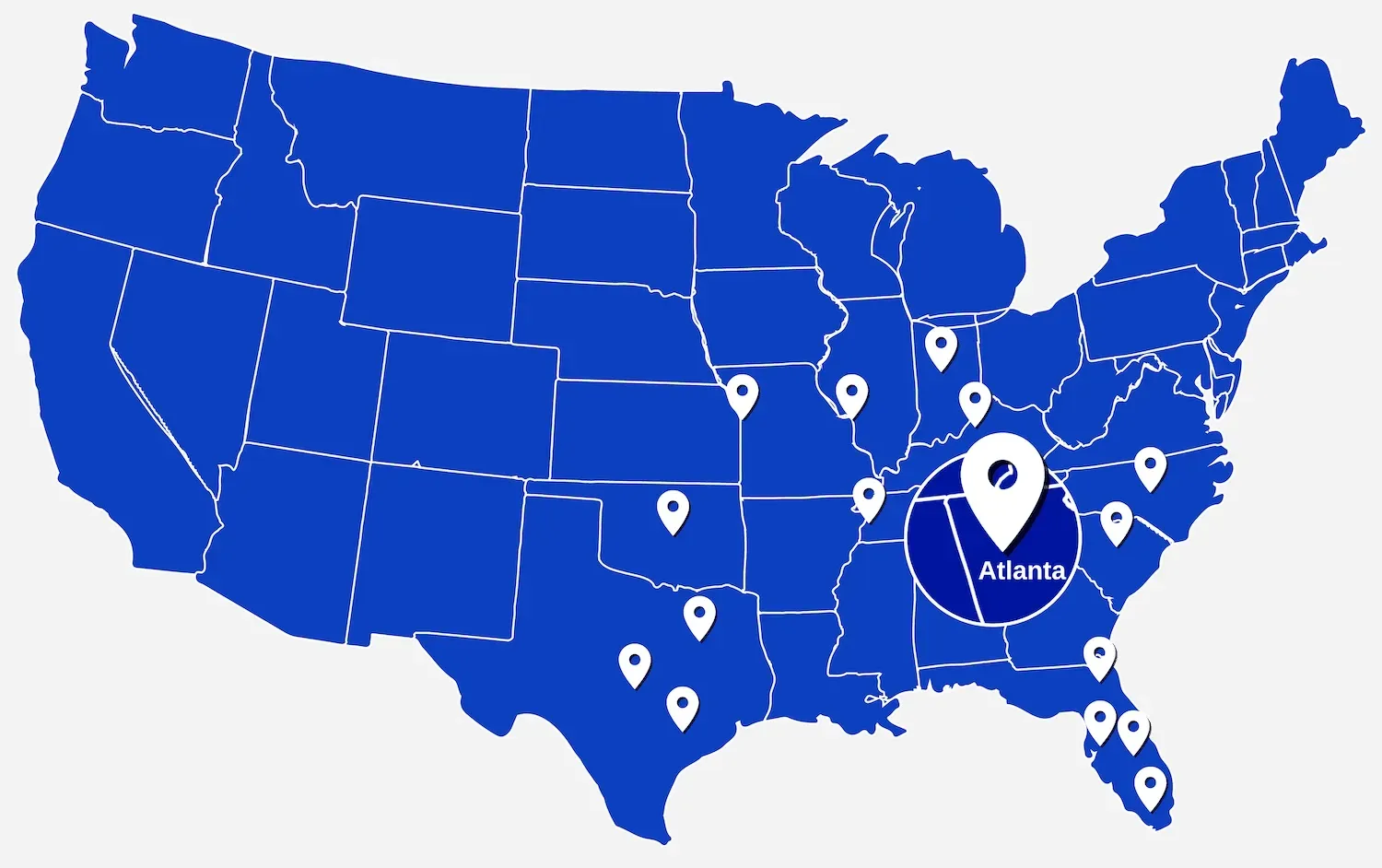
How to Tackle Water in Your Crawl Space?
If you're facing the troublesome issue of water in your crawl space, you're not alone. Many homeowners encounter this problem, especially after heavy rains or floods. Tackling water in crawl spaces is crucial to prevent further damage to your home and ensure the safety of your property. In this blog post, we'll explore the signs, causes, extents of damage, and effective solutions to deal with water in your crawl space. If you need reliable services for water damage restoration Atlanta, GA, we’ve got you covered.
Signs of Water Damage in Crawl Space
Detecting water damage in your crawl space early can save you from costly repairs down the line. Here are some common signs to look out for:
- Musty Odors: A damp, musty smell often indicates the presence of moisture in your crawl space.
- Mold and Mildew: Visible mold or mildew growth on walls, floors, or insulation is a clear sign of excess moisture.
- Puddles or Standing Water: If you notice standing water or puddles in your crawl space, it's a definite sign of water intrusion.
- Sagging Floors: Excess moisture can weaken the structural integrity of your home, leading to sagging or uneven floors.
- Increased Humidity: High humidity levels in your home may indicate moisture issues in the crawl space.
Causes of Water in Crawl Space
Understanding the root causes of water in your crawl space is essential for effective mitigation. Here are some common culprits:
- Poor Drainage: Improperly installed or clogged gutters and downspouts can channel water towards your foundation, leading to crawl space flooding.
- Groundwater Seepage: During heavy rains or floods, groundwater can seep through cracks or gaps in your foundation walls.
- Plumbing Leaks: Leaky pipes or plumbing fixtures above or beneath your crawl space can introduce water into the area.
- Poor Ventilation: Inadequate ventilation can trap moisture in the crawl space, leading to condensation and water buildup.
- Sloping Terrain: If your home is situated on sloping terrain, water runoff can accumulate in the crawl space during heavy rainfall.
What Are Possible Extents of Water Damage in Crawl Space?
Water damage in crawl spaces can have far-reaching consequences if left unchecked. Some potential extents of the damage include:
- Structural Damage: Excess moisture can weaken wooden supports, floor joists, and other structural elements.
- Mold Growth: Damp conditions in crawl spaces create an ideal environment for mold and mildew to develop, carrying health risks to occupants.
- Pest Infestations: Standing water and damp conditions attract pests like termites, ants, and rodents, which can cause further damage to your home.
- Decreased Indoor Air Quality: Mold spores and other contaminants from the crawl space can infiltrate your home's indoor air, leading to respiratory issues and allergies.
- Increased Energy Bills: Moisture problems in the crawl space can affect your home's overall energy efficiency, leading to higher heating and cooling costs.
How to Tackle Water in Crawl Space?
Dealing with water in your crawl space requires a systematic approach. Here are some steps to take:
- Find the Source: Identify the source of the water intrusion, whether it's a leaky pipe, poor drainage, or groundwater seepage.
- Keep Gutters Clean: Regularly clean and maintain your gutters and downspouts to ensure proper water drainage.
- Divert Downspouts Away from the Crawl Space: Use downspout extensions to direct rainwater runoff away from the foundation and crawl space.
- Drain the Water Out of the Crawl Space: Use a sump pump or manual extraction methods to remove standing water from the crawl space.
- Repair Plumbing Leaks: Fix any plumbing leaks or issues contributing to water intrusion in the crawl space.
- Install a Sump Pump: Consider installing a sump pump with a drainage system to prevent future flooding in the crawl space.
- Add a Vapor Barrier and Dehumidifier: Install a vapor barrier on the crawl space floor and walls to prevent moisture infiltration, and use a dehumidifier to maintain optimal humidity levels.
Prevention Tips
To prevent water damage in your crawl space, consider these preventive measures:
- Regular Inspections: Inspect your crawl space regularly for signs of moisture or water intrusion.
- Proper Ventilation: Ensure proper ventilation in the crawl space to reduce humidity levels and prevent condensation.
- Foundation Maintenance: Seal any cracks or gaps in your home's foundation to prevent groundwater seepage.
- Landscaping: Grade your landscaping away from the foundation to prevent water from pooling around the perimeter of your home.
- Professional Waterproofing: Consider hiring a professional waterproofing contractor to assess and address any vulnerabilities in your crawl space.
When Is the Time to Call the Professionals?
Knowing when to seek professional assistance for water issues in your crawl space can make all the difference in preventing further damage and minimizing repair costs. Here are some key indicators that it's time to call in the experts:
- Persistent Water Intrusion: If you've noticed persistent water intrusion in your crawl space, despite attempts to tackle the issue on your own, it's a clear sign that professional intervention is needed. Ignoring ongoing water problems can lead to extensive damage and compromise the structural integrity of your home.
- Visible Mold Growth: Mold growth in your crawl space is not only unsightly but also a potential health hazard. If you spot visible mold or mildew on walls, floors, or insulation, it's essential to address the issue quickly. Professional contractors have the expertise and equipment to safely remediate mold and prevent its recurrence.
- Sagging Floors or Structural Concerns: Excess moisture in the crawl space can compromise the structural integrity of your home, leading to sagging floors, warped walls, or other structural issues. If you notice any signs of structural damage, it's crucial to consult with professionals who can assess the extent of the damage and recommend appropriate repairs.
- Previous Water Damage: If your home has experienced water damage in the past, whether from flooding, plumbing leaks, or other sources, it's essential to address any lingering moisture issues to prevent recurrence. Professional contractors can perform detailed inspections and implement preventative measures to safeguard your home against future water damage or flooded crawl space.
Learn About - Preventing Water Damage In Your Atlanta, GA Home
Reach Out to The Homestar Group for Expert Solutions
If you're facing water damage in your crawl space and need expert assistance, don't hesitate to reach out to
The Homestar Group. As a trusted water damage restoration Atlanta service provider, we have the experience, tools, and expertise to effectively tackle crawl space water issues. Our expert team will thoroughly assess the situation, identify the root cause of the problem, and use the most appropriate solutions to restore your crawl space to its optimal condition. Contact us today to schedule an inspection. Do so by calling us at (678) 928-5377 or
filling out our online form.




